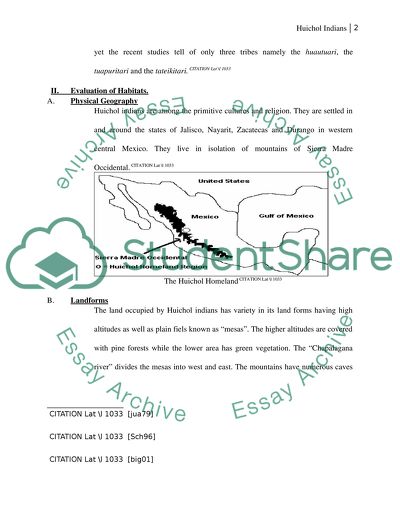Cite this document
(“Huichol Indians Term Paper Example | Topics and Well Written Essays - 2250 words”, n.d.)
Huichol Indians Term Paper Example | Topics and Well Written Essays - 2250 words. Retrieved from https://studentshare.org/geography/1434294-huichol-indians
Huichol Indians Term Paper Example | Topics and Well Written Essays - 2250 words. Retrieved from https://studentshare.org/geography/1434294-huichol-indians
(Huichol Indians Term Paper Example | Topics and Well Written Essays - 2250 Words)
Huichol Indians Term Paper Example | Topics and Well Written Essays - 2250 Words. https://studentshare.org/geography/1434294-huichol-indians.
Huichol Indians Term Paper Example | Topics and Well Written Essays - 2250 Words. https://studentshare.org/geography/1434294-huichol-indians.
“Huichol Indians Term Paper Example | Topics and Well Written Essays - 2250 Words”, n.d. https://studentshare.org/geography/1434294-huichol-indians.


